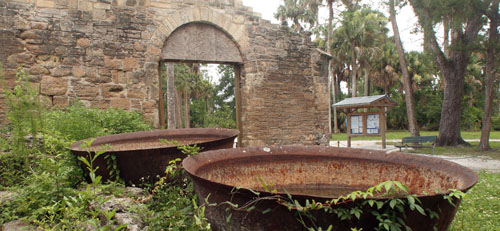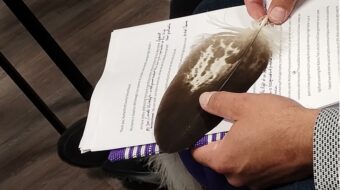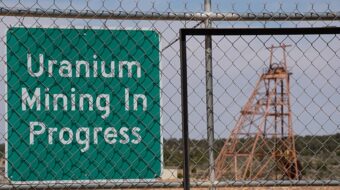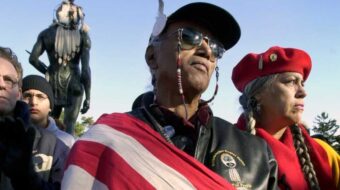
NEW SMYRNA BEACH, Fla. – Hidden behind thick live oak trees and palmetto palms, large coquina walls and archways tell the story of slavery and Indian removal in Florida. The ruins of an 1830s sugar mill plantation are now eroded by nearly 200 years of neglect, nature reclaiming the coquina stone with vines and ferns (some now cleared to preserve the site). It’s now a State Historic Site where people picnic, children explore, and young couples get married.
For many years, the New Smyrna Sugar Mill Ruins State Park was thought to be the ruins of a Spanish mission. The property was even advertised to attract tourists as “Christopher Columbus’ Chapel.” But the real history of the site is much more interesting.
Settlers in Florida in the 1800s (during the last years of Spanish rule) farmed citrus, cut timber, and also found that sugar cane was a very profitable crop with the low cost of land, slave labor and high sugar prices. By 1830, Volusia County had about twenty sugar cane plantations and mills along the coast with a workforce of roughly 500 slaves. One of these was the Cruger-DePeyster plantation in New Smyrna, begun in 1830 by New Yorkers William DePeyster and Eliza and Henry Cruger. By 1835 it had become an extensive and profitable sugar establishment overseen by John Sheldon.
In 1835, the Seminole Indians revolted against the white settlers in Florida because of constant encroachment, the settlers’ refusal to acknowledge the Indians’ rights to reservation land, and the settlers’ Indian removal demands. On Christmas Eve of 1835, the slaves overseen by John Sheldon at the Cruger-DePeyster plantation gave warning of Indians in war paint, and evacuation of the site was ordered. John Sheldon, along with his wife and some of the slaves on the plantation fled across the now Indian River.
The Sheldons ultimately abandoned the slaves and fled with other family and children to Bulow Plantation, where other white settlers took refuge from the Seminole attacks. The Seminoles, aided by many of the abandoned Cruger-DePeyster plantation slaves, burned the structures in New Smyrna and leveled many other sugar mill plantations in the region.
As the Second Seminole War continued (1835-42), much of the sugar cane industry in Florida was destroyed, and the slaves were freed or escaped. Very few white settlers who returned to the area took up sugar cane production, leaving the industry with a short 15-year era in Volusia County.
Now these plantation ruins, scattered across the state, many in Volusia County, remain among the few visible reminders of slavery and Indian revolt in Florida.
Historical research provided by the Southeast Volusia Historical Society .
Photo: Sugar mill ruins, Volusia County.












Comments